|
Publication: Journal of the Indian Ocean Region
Date published: 24 December 2019 Author: Serina Rahman ABSTRACT Using environmental citizenship as the basis of its activities and initiatives, a community organisation, Kelab Alami, successfully combined environmental action with a socio-ecological systems approach to counter environmental and social injustice. The organisation fused traditional ecological knowledge with science for use in community-initiated ecotourism; engaged with surrounding developers, local authorities and the state government to mitigate environmental damage and maximize job opportunities for the community; nurtured and supported local entrepreneurship efforts and continues to spread environmental awareness and protection. This paper traces the development of Kelab Alami, the training and empowerment of youthful citizen scientists, and its attempt to garner multi-level support and collaboration for its environmental actions. This is a grounded illustration of resource mobilization in action, and a local view of a community’s efforts to cope with poverty, environmental degradation and urbanization; a model that could be adapted and adopted by other communities facing similar circumstances and threats. Article link: https://doi.org/10.1080/19480881.2020.1704986 Date published: July 2019
Author: Serina Rahman for Kelab Alami Publisher: Anak Alami Enterprise (Kelab Alami Mukim Tg Kupang) Product details Paperback: 125 pages Language: English Photographs: Shafiq Hafizee b Azali and Mohd Irfan b Yazid Illustrations: Mohd Haikal b Zamani and Muhd Alif b Ahim Research: Hakimi b Bakri and Mohd Arif Aiman b Fazail Design: Benjamin Cheh Ming Hann
Authors: Prof Lawrence Susskind, Takeo Kuwabara, Marcel Williams, Alaa Mukahhal, Nick Allen, Mira Vale, Sam Barnard, Griffin Smith (Massachusetts Institute of Technology) with contributions and translation by: Dr Serina Rahman (ISEAS-Yusof Ishak Institute) fieldwork assistance: Syahida Azali and Jannah Razak (Kelab Alami Mukim Tg Kupang) transcription: Nur Afiqah bt So'ot (Kelab Alami Mukim Tg Kupang)
Funded by Kelab Alami (Self-funded)
Date published or presented: 14 March 2017 Authors: *Serina Rahman, **Nur Afiqah bt So’ot, **Muhd Sofi b Juhari, **Mohd Irfan b Yazid *ISEAS-Yusof Ishak Institute, Singapore **Kelab Alami Mukim Tg Kupang The local community of Mukim Tanjung Kupang are highly dependent on the seagrass meadows in the Sungai Pulai estuary as a source of livelihood through fishing, gleaning, transport services, research, education and tourism. This study plots community uses of this area based on 8 years of anthropological and community research. This habitat use is then mapped against future development plans to illustrate potential threats and losses to local incomes. This research was presented at the JSPS-CCore-RENSEA First Joint Seminar on Coastal Ecosystems in Southeast Asia in March 2017 and is published as conference proceedings. |
PublicationsAuthorKelab Alami Archives
December 2019
Categories
All
|

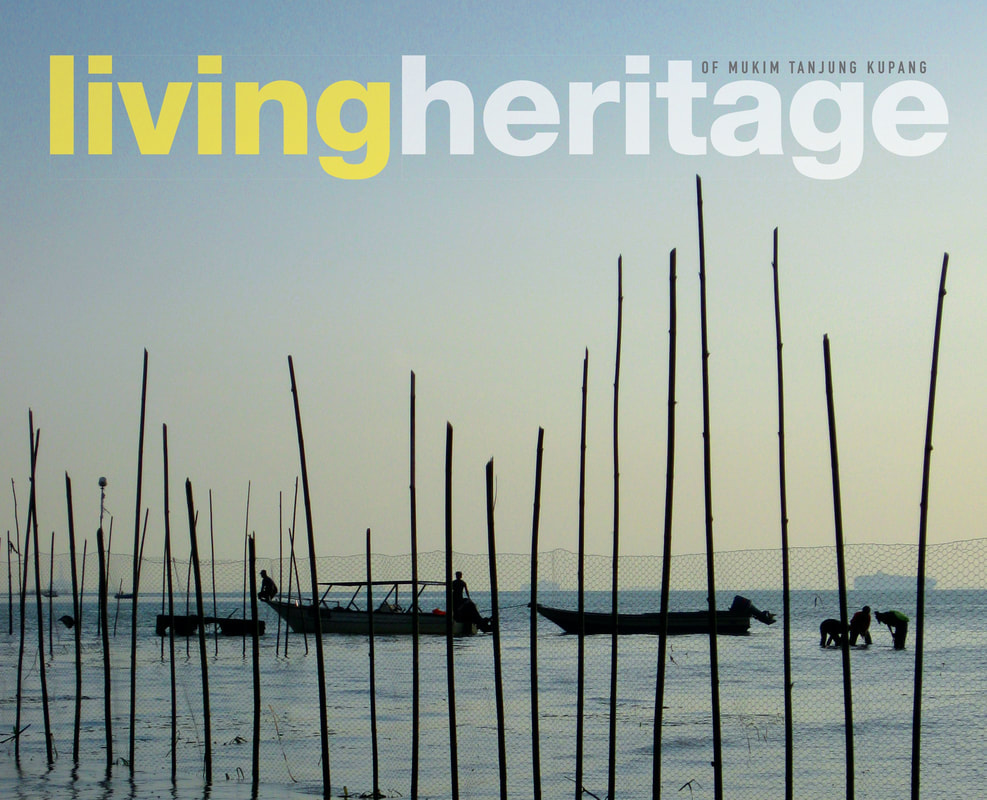
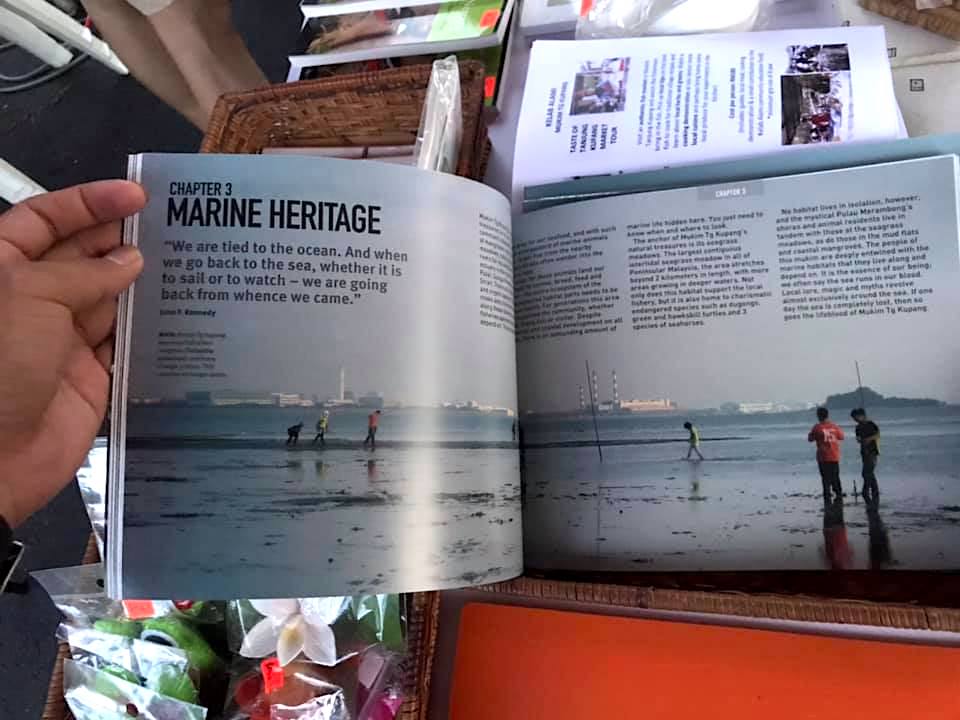
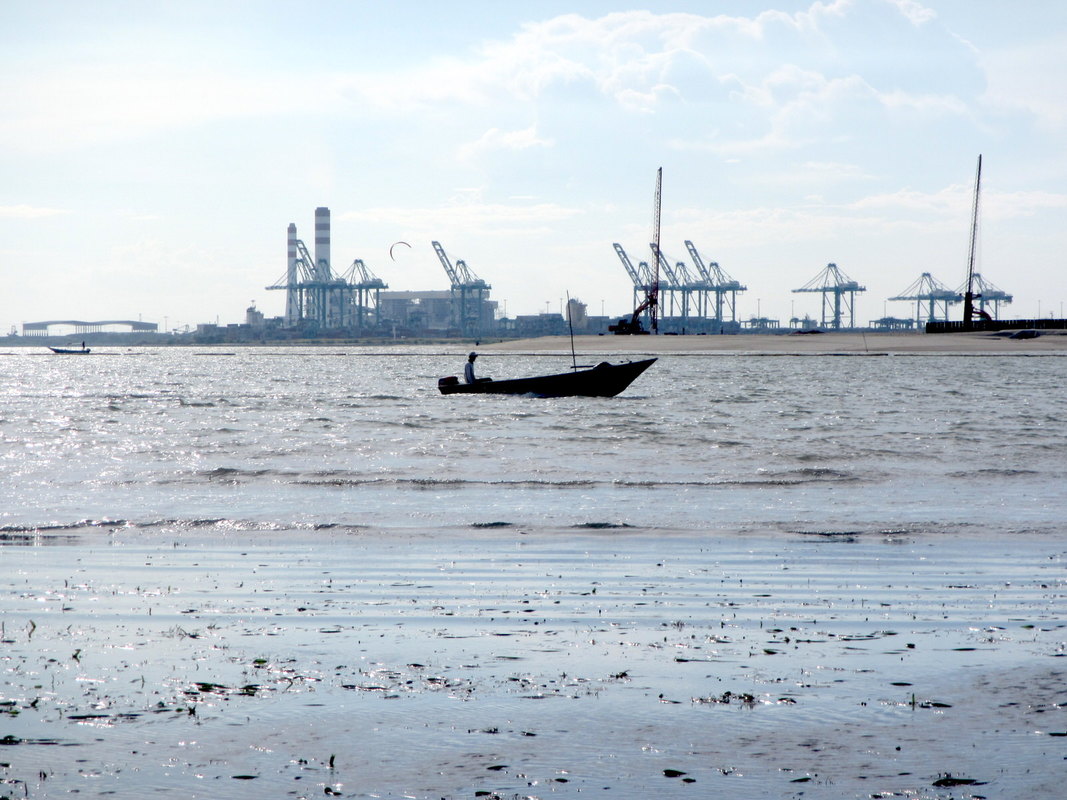
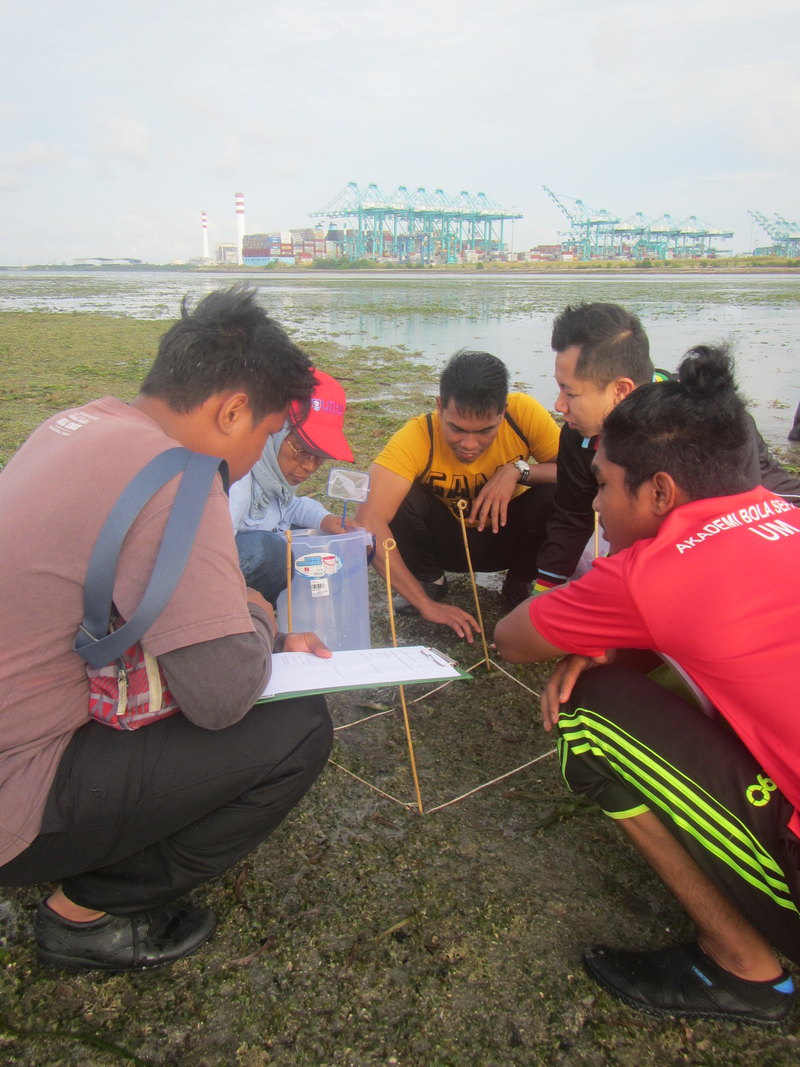
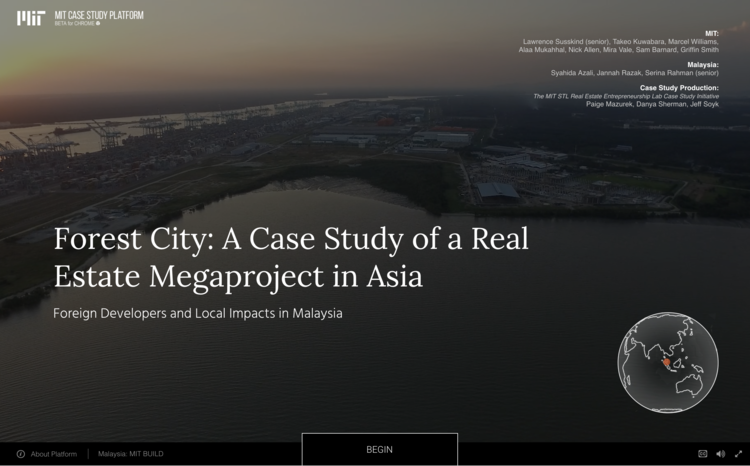
 RSS Feed
RSS Feed
